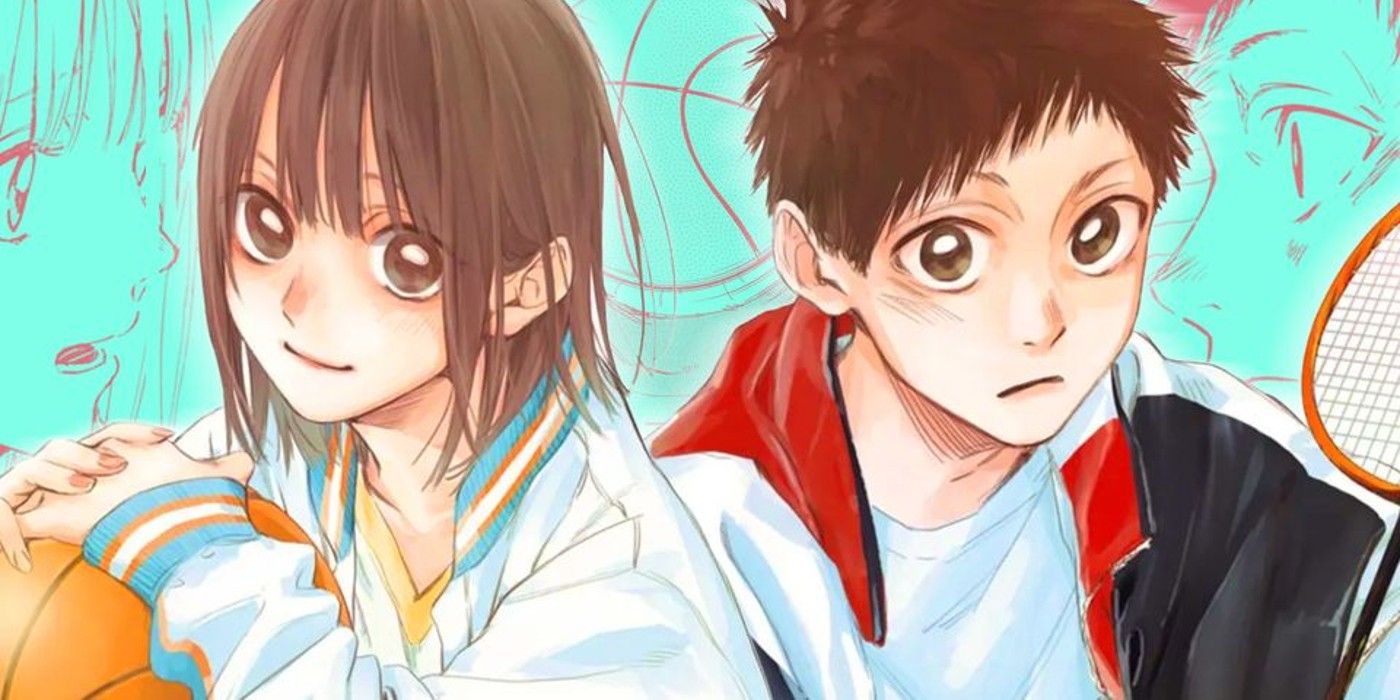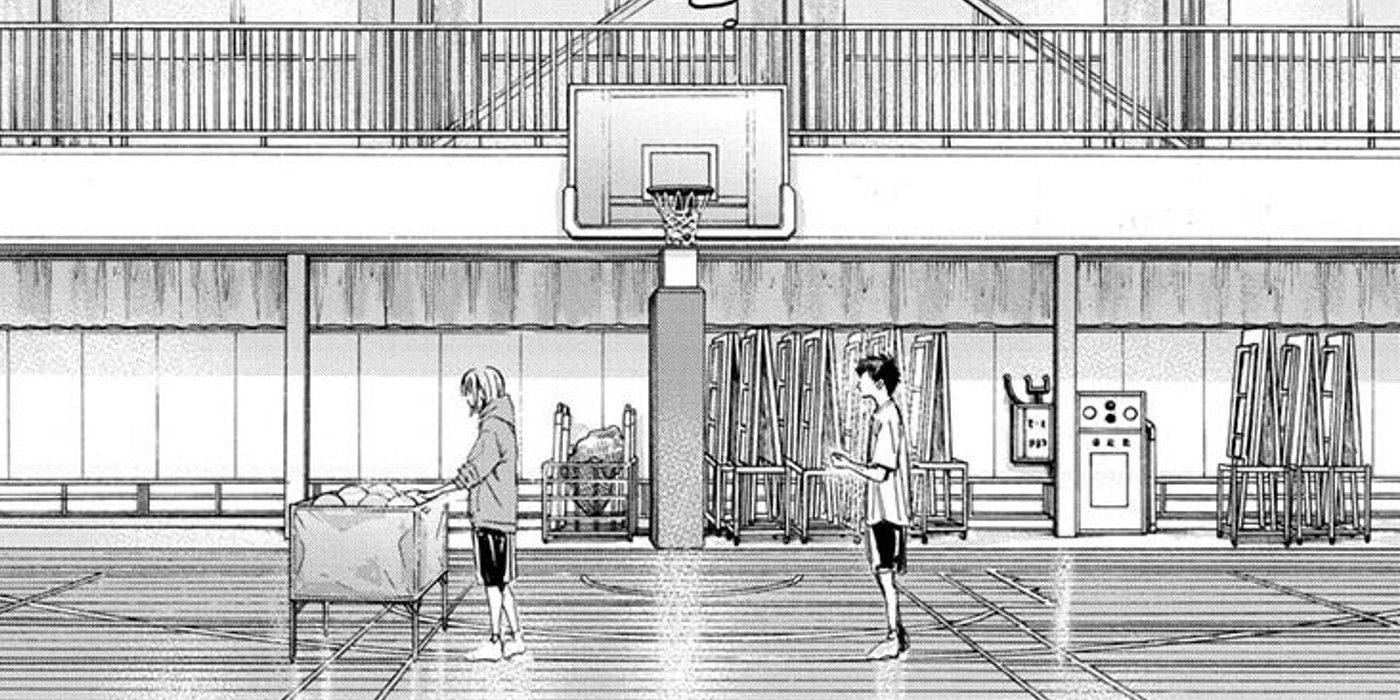Warning! Spoilers ahead for Blue Box chapter 8!
Even before reading Blue Box, readers aren't led to believe that it's a typical sports manga. The promotional imagery alone creates a whole other impression by showing a boy holding a racket and a girl with a basketball. Just based on how this particular genre is usually written, such a setup should be impossible. The mangaka often takes a microscopic view of the many intricacies of the featured sport to such an alarming degree that readers are actually empowered and might even believe they can actually master the game they're reading about just by treating the manga like a sort of how-to guide. How can this possibly work with two sports?
Contrary to most series in its genre, Blue Box accomplishes this by actually putting romance in the forefront and pushing badminton and basketball onto the sidelines as a means to embellish the cute and heartwarming situations that basketball player Chinatsu Kano and Taiki Inomata of the badminton team find themselves in throughout the series. Of course, sports is still a central theme as the two characters connect through basketball and badminton, and there are common romantic tropes that are used in romantic comedies like Taiki loving Chinatsu but not knowing whether she reciprocates his feelings or not. But mangaka Miura Kouji masterfully connects the two genres in more ways than just having them practice in the same gym simultaneously, though, their location does serve as the catalyst.
Taiki Inomata might enjoy badminton and joined the sports team on his own, but the reader learns that Chinatsu Kano, who is a rising star and even featured in magazines, inspired him to become more than just another player through her own determination and intense devotion to the sport. Because Chinatsu also makes it to nationals, Taiki now soon pushes himself beyond his limits so that he can go with her and prove himself that he's worthy. As a girl who is so obviously motivated by her passions, she is so deeply moved by Taiki's determination that their relationship naturally takes a step further when she makes and ties a promise bracelet around his ankle to ensure he succeeds.
Mangaka Miura Kouji, of course, finds more innovative ways to use sports as a means to deepen the romantic elements between both characters like all effective manga do. For example, competitive elements artfully explore conflicts that manifest both on the court and in each character's heart. Taiki might be a rising star as a result of Chinatsu's effect on him, but the best player on his team is also Chinatsu's very close friend who's a boy. This dynamic creates friction in numerous instances, especially when Chinatsu's friend learns how Taiki feels about her and when readers discover his intentions with Chinatsu. Then there's even Taiki's relationship with an energetic gymnast who takes it upon herself to help Taiki connect with Chinatsu, but whose own techniques in her craft are explored in such a way that adds more layers to her character.
Of course, mangaka Miura Kouji still deconstructs the main principles of each sport. Taiki undergoes a strict training regime to hit specific parts of his body that will improve certain techniques on the court. But all of this is pushed into the background so that Taiki and Chinatsu's relationship can take center stage. In a masterful twist though, the series' most touching moments transpire when Taiki and Chinatsu help each other by playing the other's sport, creating a metaphor that can only exist in a sports manga like Blue Box.


